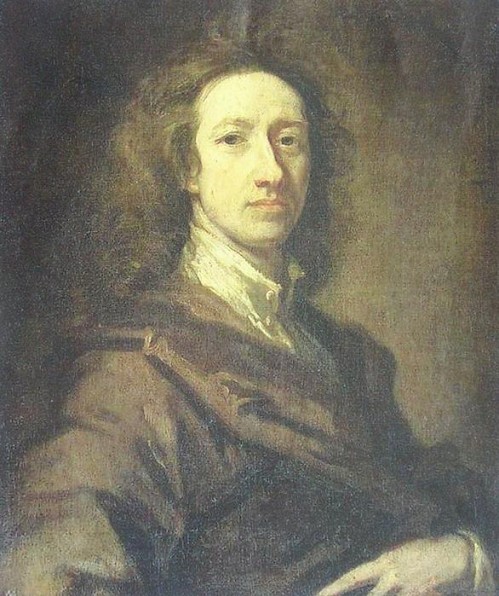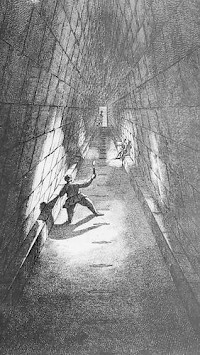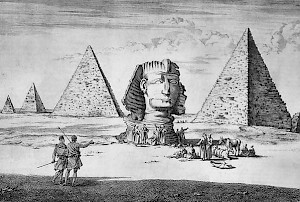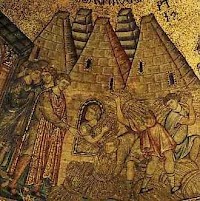Cornelis de Bruijn
Cornelis de Bruijn (c.1652-1727) was a Dutch artist and traveler. He is best known for his drawings of the ruins of Persepolis, the first reliable pictures of these palaces to be accessible for western scholars. His other visits included the Ottoman Empire, Egypt, Jerusalem, Russia, and the East Indies.
Egypt

Not many Dutchmen had visited the eastern part of the Mediterranean; few of those who had done so, had ventured beyond the Aegean, and if they had done so, they had proceeded to the Holy Land. Although De Bruijn was not the first Dutchman to visit Egypt, he realized how exceptional his stay was. From this point on, Travels in the Principal Parts of Asia Minor becomes more detailed and offers information that was new and useful for the scholars of his age (and our own age). And the scholars were fortunate that De Bruijn was an artist: although his drawings are not the most beautiful works of art, they contained much information and were better than anything that was, at the end of the seventeenth century, known in Europe.

After a fortnight in Damietta, De Bruijn proceeded to Cairo, where he fell ill. Still, he could leave his house and attempted to buy a mummy, but could not reach an agreement about the price. In the last week of May, he made two short excursions. He visited Matarieh (where Joseph, Mary and Jesus were supposed to have lived) and joined an excursion to the pyramids of Giza that was organized by the consul of Venice. Most members of the little company of tourists preferred to picnic, but De Bruijn was one of the fanatics who entered the great pyramid.

It was not easy. He had to creep "like a serpent" through the artificial hole that was the entrance, and in his book, he warns "any person that is fat and bulky" not to do what he had done.
Once inside the pyramid, he was able to prepare some drawings and make measurements. He was really trying to return home with useful information. And successfully so: his drawing of the Great Gallery was the first ever picture of the interior of a pyramid. From now on, no one could claim that the pyramids were granaries, an old theory that was still popular in Europe.
After returning through the narrow entrance, and being (to the amusement of the other members of the tourist group) rather dirty, the indefatigable De Bruijn climbed to the top of the pyramid. After he had returned, the consul suggested to go back home to Cairo, but a visit to the sphinx was of course not to be despised, although the monument was for a large part covered with desert sand.

De Bruijn's drawing of Giza is interesting, because it tells a thing or two about the way his book was produced. In the first place, the men and donkey in front of the sphinx resemble a Christmas crib, and are probably an addition by the engraver who made the etching for the book, Jan Luyken.note The second detail is, of course, that compared to the real monuments, De Bruijn's pyramids are way too pointed.
This is easy to explain. In the Middle Ages and Renaissance, artists had not been able to visit the ancient country along the Nile and had believed that the pyramids looked like the Pyramid of Cestius in Rome.

For example, the mosaics in the San Marco in Venice, which illustrate the Biblical story of Joseph, show pointed granaries. De Bruijn, who had seen the Pyramid of Cestius in Rome and knew the mosaics of the San Marco, must have started to doubt about the drawings he had hastily made in Giza when he was preparing his book.
In June, De Bruijn made a third excursion: sailing down the western branch of the Nile, he reached Alexandria, where he made new drawings, including one of the Obelisk of Cleopatra, which is now in New York's Central Park.
He returned to Cairo and Damietta, and on 14 July, he left Egypt, where he had been for three and a half months. It had changed him considerably. He now had the ambition to make drawings for scholars.